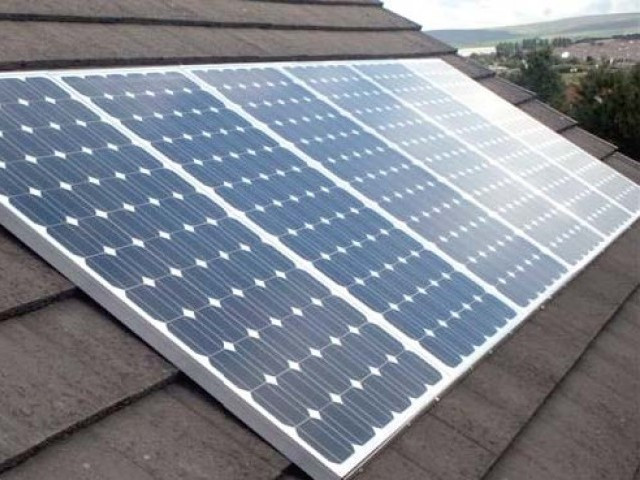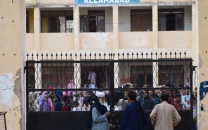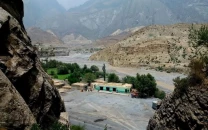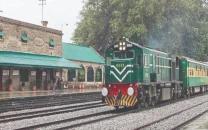Solar panels offer Balochistan farmers a ray of hope
Massive power outages and chronic load shedding have forced Balochistan’s farmers to look for alternatives.

Massive power outages and chronic load shedding have forced Balochistan’s farmers to look for alternatives, mostly in the form of solar panels.
“About 30 people, mostly farmers, visit our shop daily and inquire about the costs and installation of solar panels. Barely anyone ever returns, since it’s beyond their reach,” Amir Khan, a dealer for solar panels based in Quetta told The Express Tribune. A single panel costs Rs 47,000 while a complete kit, which generates one kilowatt of electricity, costs Rs175,000. For running a tubewell, one requires a kit with at least 1.6kW generation capacity.
There are two companies dealing in solar panels in Quetta, and despite having their franchises flooded with prospective customers every day, their turnover in the past three months has been negligible.
“The equipment is imported from Dubai and therefore the prices are high,” said one of the dealers.
Dire circumstances
According to Quetta Electricity Supply Company (Qesco), Balochistan is facing an electricity shortfall of 650 megawatts against a total demand of 1,250 megawatts, forcing Qesco to manage the load through long hours of load shedding. While the provincial capital faces five to six hours of load shedding every day, electricity is available for barely two to three hours in remote areas.
Frequent insurgent attacks on high transmission lines add to the consumers’ woes.
Ideal for renewable energy
Balochistan is ideal for utilising renewable energy sources for electricity generation since the population is thinly scattered over the province’s vast expanse.
Given settlement patterns in the province, whereby a hundred families live in a cluster and each cluster is 50 to 100 kilometres away from another, using solar panels or a wind turbine would be more feasible than establishing a grid station for each of these clusters, said Nasir Baloch, manager engineering for Alternative Energy Development Board (AEDB), Rural Electrification Project Southern Balochistan.
He said the AEDB had submitted a comprehensive report in this regard but the project was placed on the back burner when the new government took over.
A billion rupees can electrify a village through a kit comprising 80 solar panels, he said, adding that there would be no recurring costs in this case.
Published in The Express Tribune, May 2nd, 2011.


















COMMENTS
Comments are moderated and generally will be posted if they are on-topic and not abusive.
For more information, please see our Comments FAQ